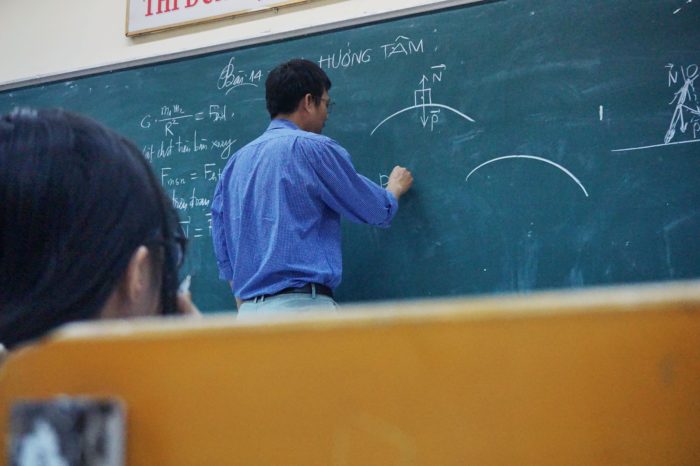Income and education gaps, and the lack of mobility in Worcester County
Massachusetts is known to have some of the top public schools in the country. Its traditional, vocational, and charter schools are ranked best in the nation across a variety of disciplines. Gaining access to these schools, however, comes at a steep price.
For example, Worcester County communities spend much of their overall budgets on education. According to MassAnalysis, the 10 towns in the county with the highest per capita education expenditures spend an average of 56.8 percent of their total budgets on schools.
But does all this spending yield results?
While there are many additional factors to consider, there is a correlation to spending and results. Six out of the ten towns with the highest education spending are also in the top ten towns for the highest SAT scores in the county, with two ranking in the top 20 statewide. In Worcester County, it appears there is a connection between education spending and educational outcomes: the more a town spends on education, the better the schools perform. So why don’t people who seek good education systems just move to towns that spend large sums on their school systems?
For Worcester County school districts with the highest SAT scores, seven out of the ten towns are also on the list for highest taxes in the county, and six out of those ten have the highest property taxes in the county as well ($2,388-$3,799 annually). Generally, the better the school system, the more expensive it is to live there.
Massachusetts’ state property taxes are also among the highest in the country.
So, is it feasible for an average-income family in Massachusetts to live in a town with a highly ranked school system? The Commonwealth’s median family annual income is $70,954. Based on income, it’s nearly impossible for the average Massachusetts family to live in these top-tier Worcester County communities.
Source: cleargov.com
*denotes regional school districts
The table above shows the top five and bottom five school systems in Worcester County by SAT scores and the median income of each town. The top five schools have graduation rates approaching 100 percent and high SAT scores, whereas the bottom five schools have much lower SAT scores.
It is salient to note both Massachusetts and Worcester County’s efforts to bridge the educational mobility gap through the School Choice Program, various charter schools, which allow students to attend schools across districts.
Still, social mobility has decreased over time, which resulted in declining educational mobility. “The probability of ending where you start has gone up, and the probability of moving up from where you start has gone down,” wrote Michael D. Carr, an economist at the University of Massachusetts. Because it costs more money to live in a town with a better school system, social mobility and educational mobility are linear.
The sharp divide in median income across town lines shows how difficult it is to move up the social scale. A town with higher revenue has the ability to spend more on their education system, whereas a town with lower revenue lacks this spending capacity. Therefore, towns with a better education system drive up demand for property, thus increasing property taxes, and decreasing the ability of an average income family to live there. This inhibits accessibility to quality education, creating an increasingly difficult cycle for economically challenged citizens to escape.
Amy Tournas is the Roger Perry Government Transparency intern at Pioneer Institute. She studies Government and Global Studies at Colby College.



